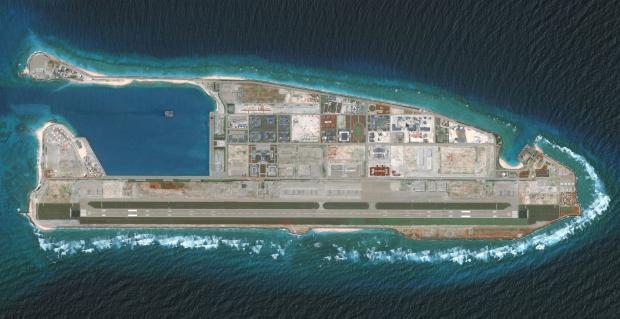
Breaking News
 NonConformist Series: Practical Wealth - Join us virtually Dec 29-30, 2025
NonConformist Series: Practical Wealth - Join us virtually Dec 29-30, 2025
 New bill would allow private citizens to fight cartels: 'WE ARE UNDER ATTACK'
New bill would allow private citizens to fight cartels: 'WE ARE UNDER ATTACK'
 Carnivore Got Me 90% There. This One Drink Changed Everything
Carnivore Got Me 90% There. This One Drink Changed Everything
Top Tech News
 Perfect Aircrete, Kitchen Ingredients.
Perfect Aircrete, Kitchen Ingredients.
 Futuristic pixel-raising display lets you feel what's onscreen
Futuristic pixel-raising display lets you feel what's onscreen
 Cutting-Edge Facility Generates Pure Water and Hydrogen Fuel from Seawater for Mere Pennies
Cutting-Edge Facility Generates Pure Water and Hydrogen Fuel from Seawater for Mere Pennies
 This tiny dev board is packed with features for ambitious makers
This tiny dev board is packed with features for ambitious makers
 Scientists Discover Gel to Regrow Tooth Enamel
Scientists Discover Gel to Regrow Tooth Enamel
 Vitamin C and Dandelion Root Killing Cancer Cells -- as Former CDC Director Calls for COVID-19...
Vitamin C and Dandelion Root Killing Cancer Cells -- as Former CDC Director Calls for COVID-19...
 Galactic Brain: US firm plans space-based data centers, power grid to challenge China
Galactic Brain: US firm plans space-based data centers, power grid to challenge China
 A microbial cleanup for glyphosate just earned a patent. Here's why that matters
A microbial cleanup for glyphosate just earned a patent. Here's why that matters
 Japan Breaks Internet Speed Record with 5 Million Times Faster Data Transfer
Japan Breaks Internet Speed Record with 5 Million Times Faster Data Transfer
Building Frenzy In The South China Sea - Who Is Fortifying Islands?

This is according satellite images analyzed by the Asia Maritime Transparency Initiative at the Center for Strategic & International Studies.
As Statista's Katharina Buchholz reports, oil reserves and fishing grounds make the waters of the South China Sea desirable and claims over islands (but not rocks and reefs) have been hoped to create rights to exploit these resources. Additionally, important shipping lanes crisscross the area and China equals control of them with regional and even global power. While returning President-elect Donald Trump has been known for its tough stance on the Asian superpower, he has also rejected military deployments abroad, making the issue of a potential escalation in the South China Sea more contentious for U.S. allies Taiwan and the Philippines.
The conflict around the South China Sea is centuries old but has recently been receiving lots of attention in connection with China-Taiwan relations. However, the idea that China could start a potential invasion of Taiwan by attacking its two outposts in the area is just a small part of a much bigger, multilateral conflict. China is usually more at loggerheads with other countries in the South China Sea, including ones that are usually considered its allies, like Vietnam. At the same time, Taiwan actually mirrors many of China's claims in the area as it historically sees itself as the rightful ruler over all of Chinese territory, thereby appearing as a defender as well as an aggressor in the region by laying claim to islands quite far removed from its territory, just as China does.
Despite its very murky origins on British naval maps, Chinese claims in the South China Sea are sweeping and extend to localities within other countries' Exclusive Economic Zones. For the Philippines, this includes Second Thomas Shoal, which it controls but China nevertheless claims, and Scarborough Shoal, which has been de-facto controlled by China by a continuous coast guard presence despite no structures having been built. China also lays claims to areas in the Western Spratlys that Vietnam considers its exclusive grounds and has disrupted the country's oil exploration and fisheries there. It has done the same in the Paracel Islands, which it controls since a military victory in the 1970s and where a 2014 standoff over China's attempt to install an oil drilling platform made international headlines. Both countries' shores are within 200 miles of that second island group. China has built installations on 20 features in the Paracels.

 Aluminum Causes Brain Damage
Aluminum Causes Brain Damage Advanced Propulsion Resources Part 1 of 2
Advanced Propulsion Resources Part 1 of 2

